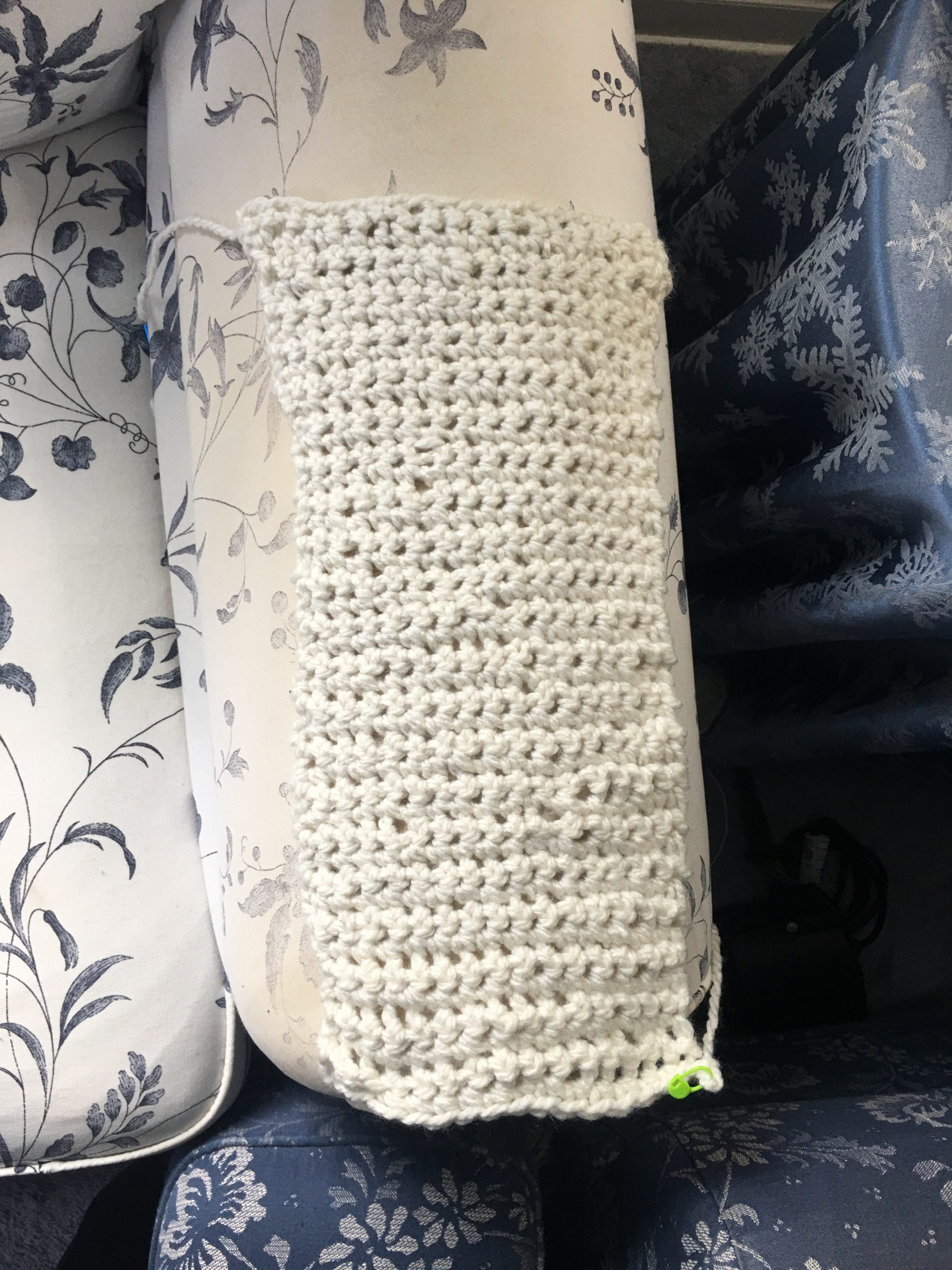For what seems like ages, I have been on the witless search for the best text editor for my MacBook Pro. Trying BBEdit, TextWrangler, Atom, MacVim, Pages, TextEdit… the list just goes on and on. Along with this fools errand, I’ve also been searching for the best font to use. What a pile of wet monkey spit this entire task has been.
So enter Ulysses. I was interested in this a while back, but the app wouldn’t function on my system at the time because I was living in denial about Mac OSX Mojave. I was happy with Yosemite and I was going to be damned if I was going to upset every apple cart I had and upgrade to Mojave. But then app after app started to upgrade on me, and over time it was easier to capitulate to Mojave and upgrade to it. Now that I’m using Mojave, I decided to give Ulysses another shot. So far, I don’t hate it, which is about as much as I was expecting honestly. It’ll take more time to actually see how it works as a new text editor, so right now I will just say that the jury is out.
Next to that is the font issue. There is a theme that covers editors, fonts, and even can be extended to movies, music, and comic books, and that is that there are so many options that someone who is on the outside looking in simply cannot choose one place to start. Websites are full of suggestions and sometimes those are handy, you can spot a font that you’ve seen in your application and you can try it out, while other times you get advice that Font XYZ is really quite amazing and then you discover that you have to pay for it, or the application you want to use simply won’t let you use that font. So instead of fretting over endless font choices I just threw a dart and ended up with Open Sans. Maybe it’ll work for me, maybe it will drive me bananas. Although maybe the editors will do that first.
So we’ll see just what we have in store for Ulysses in the days and weeks to come. This editor also comes with a method that might be able to publish to my WordPress Blog, and that will be the next test, to see if it does what it promises.

 Today I hit my 400 session running streak with Headspace! I’m so glad for the Headspace app and I think it has helped me out quite a lot over the days and days of me using it. It certainly has hammered in the notion that we can let go of the past, live in the present, and not fret about the future.
Today I hit my 400 session running streak with Headspace! I’m so glad for the Headspace app and I think it has helped me out quite a lot over the days and days of me using it. It certainly has hammered in the notion that we can let go of the past, live in the present, and not fret about the future.

